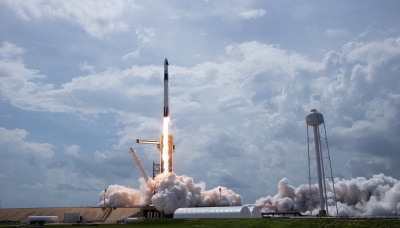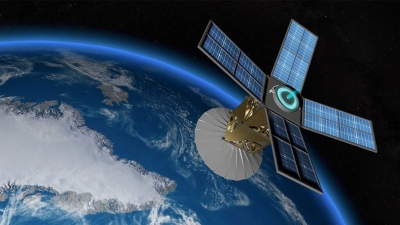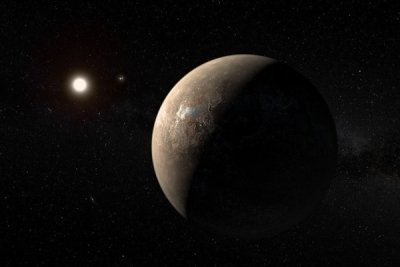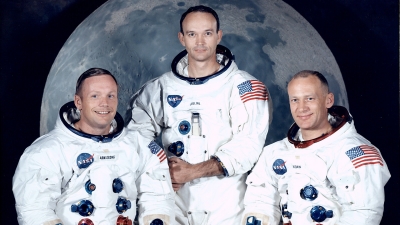
LGM stands for ‘Little Green Man’. LGM1 is a light deep in space that flashes 30 times a second. It is a pulsar – a tiny, dense neutron star (the remains of a supernova) that flashes out light and radio signals as it spins.
Is it true? Scientists thought pulsar signals were messages from aliens.
Yes. The astronomers in Cambridge, England, who discovered LGM1, wondered at first if they’d come across an alien distress beacon or some other kind of coded message!
Amazing! Neutron stars are super-heavy! They can be just 20 km across, but weigh 50 times more than planet Earth!
How many pulsars are there?
No one is sure, but hundreds have been found since the 1960s, when scientists first spotted the Little Green Man. Special telescopes called radio telescopes are used to ‘listen’ for more pulsars.
Do all pulsars spin at the same speed?
No — even the slowest spin about once every four seconds, but the fastest whizz round many hundreds of times in a single second! Their incredible speeds are thought to be caused by magnetic forces left by a supernova.
Picture Credit : Google





